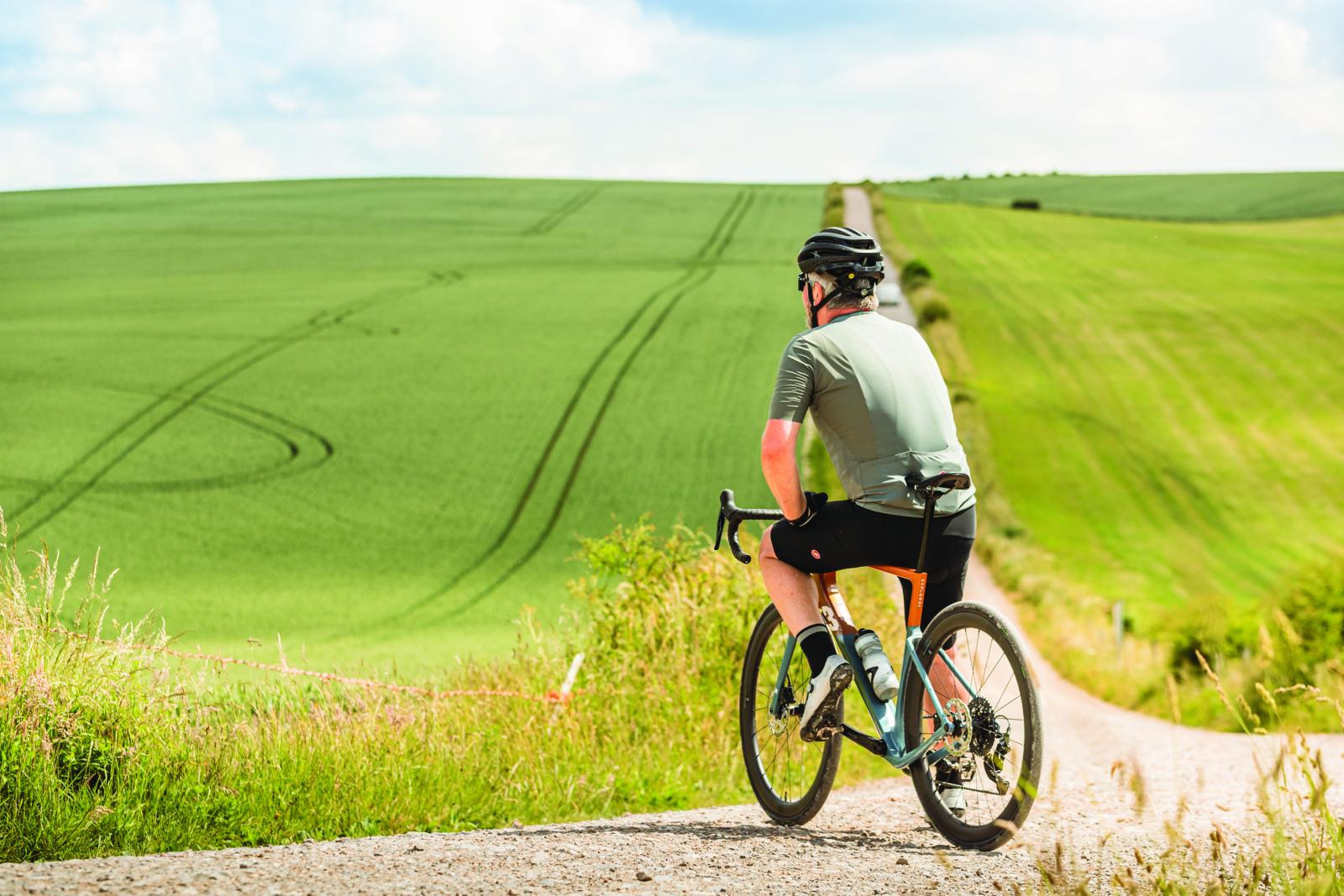Carbon bike makers are just trying to emulate the feeling of wood, argues bike engineer German Eslava — so why not just make the frame from wood?
German has worked as a bike designer and engineer for decades, his job taking him from his native South America to mainland Europe, then the Far East, and now to where he lives in New Zealand. According to German, wood and the way it naturally creates layers bonded together by natural resins, offers the mix of flex and stiffness that engineers try to find in composites.
That led him to produce the Geros frameset, by means of complex CNC patterning, and hour upon hour of hand finishing. The frame is made from a rare New Zealand wood called Kauri, so rare in fact that no mature trees exist in nature anymore, as colonial settlers cut them down to use as frames for houses.
He reclaims the wood from developers and builders and uses it to create the Geros frame. Each frame is CNC-machined both inside and out, a process that takes around two hours per tube section. The resulting sections are bonded together and finished with alloy dropouts, carbon wraps and a patent-pending epoxy bonding process.
Whilst the frame itself weighs in at 1,700g, not exactly light by modern standards, German insists the ride is as good as anything available right now, balancing comfort-giving flex with just the right amount of stiffness.

The chainstays are machined into two sections, to offer vibration damping from the natural wood properties
As you can imagine, a frame built from cherished and rare wood isn’t going to be cheap, and German quotes prices in the region of $8,000, though prices will vary as every frame will be different depending on the source materials.
If $8,000 is a little steep, then a less-rare ‘Totara’ wood can be used, which German says is legendary for its resistance to rotting, having been used in boat hulls for hundreds of years. Not that it’ll give you much of a discount at $7,000.





